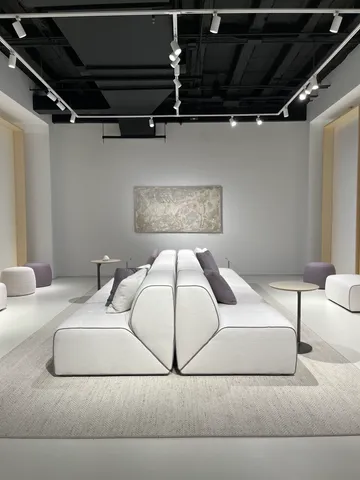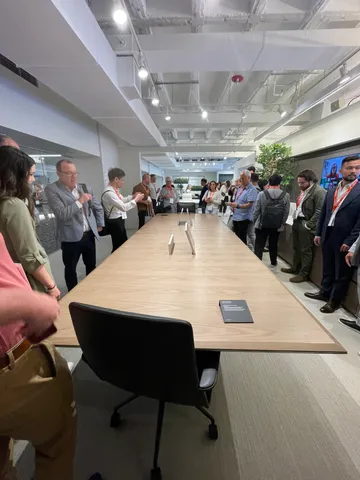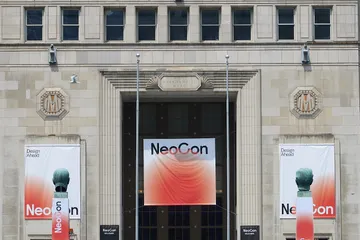Last month, several of our interior designers joined peers, manufacturers, and industry leaders at NeoCon and Design Days 2023 in Chicago. The events offered our team access to the latest and most innovative solutions in commercial design. Following are trends and insights they observed at the conferences as well as what they are experiencing designing for clients around the country.
What's Next for Commercial Interiors?



Return to Work Strategies Rely Heavily on Interiors
As many industries struggle to attract employees to return to their workplaces, the importance of creating an appealing environment is paramount. Manufacturers are meeting this demand by providing furniture to support “third spaces” throughout the workplace that offer employees areas beyond their desk to work, collaborate, and find a bit of respite in the day.
Furniture and furnishing that offer “consistent comfort” were in high demand evidenced by a surge of lounge and casual products making their way into the corporate world. Some of these include ping pong tables that double as collaboration spaces, rocking chairs to provide comfort and a break from a typical workplace seating, and “perching” seats to offer spontaneous discussion.
Additionally, integrating hospitality and residential influences continues to be a strong strategy for corporate clients seeking to transform the typical workspace. One common theme was leveraging interior fixtures and furnishing to empower employees to have more control over their spaces. From storage solutions for personal items, to creative desk design, bringing the comforts and customization of home into the workplace remains an effective way to entice employees to return.


Interiors Enable Various Markets to Converge
More than ever, markets are colliding in new ways. Many educational institutions continue to seek ways to emulate the working worlds their students will join in the future to better prepare them for their careers. Therefore, the integration of furniture, fixtures, and furnishings from the corporate market are making their way into the higher education market. Similarly, hospitality design continues its increasing convergence into all other markets post-pandemic.
Sustainability Fuels Creativity
Manufacturers continue to highlight biophilia, carbon-neutral and green properties of their materials, touching upon the public desire and marketability of sustainable goods. However, a new level of creativity has begun to infiltrate the interiors industry with regards to sustainability. For example, Allermuir has introduced a “no-waste concept for office tables” which is constructed from upcycled end-of-life textiles and is produced without using water or toxic chemicals. This type of ingenuity will continue to have an appeal as we balance sustainability goals with client budgets and practicality.
Equity in Technology
As Interior Design recently coined it, the zoom room got a glow up. Driven by a desire to provide an equitable experience for the hybrid worker, technology continues its seamless integration into furniture and workspaces. Mobility with power, screens that allow for eye-level video discussions, and specialized lighting help empower those in and outside of the office space.


Playful Tones and Organic Forms
While no singular color dominated the events this year, there continues to be a lean towards curving, organic forms, colors, textures, along with rich and playful tones of terracotta, pink, green, and blue. As mentioned biophilic design via greenery, outdoor motifs, and nature designs were evident in products for every market – from hospitality to institutional – as people continue to crave bringing the outdoors inside.



